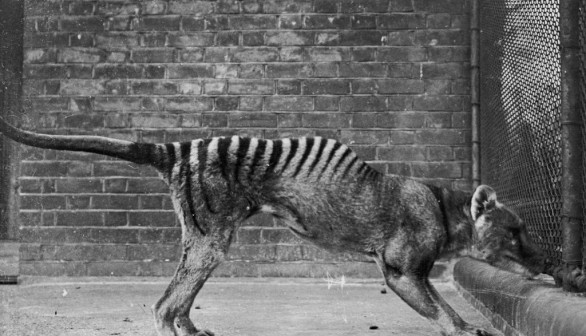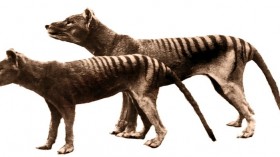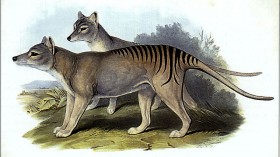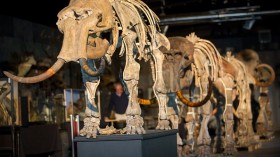De-Extinction
-

RNA From Museum Specimen of Tasmanian Tiger Offers Clues for De-Extinction
A new study shows the isolation and sequencing of more than a century-old RNA molecules from a Tasmanian tiger specimen preserved at room temperature in a museum collection. This resulted in the reconstruction of skin and skeletal muscle transcriptomes from an extinct species for the first time.
Latest Research Articles
-

Conspiracy Theorists are Saying that the CIA May Be Bringing Wooly Mammoths Back to Life
-

Can Bringing Extinct Species to Life Affect Conservation of Other Species?
-

Genetics Company Plans to Bring Extinct Tasmanian Tiger to Life, Will It Work?
-

Can Science Bring Back Extinct Species
-

Rare Orchid Rediscovered 120 Years After Supposed Extinction
-
Animal Resurrection: Can a Bioscience Firm Bring Extinct Wooly Mammoth Back to Life?
-
5 Extinct Species That Strangely Came Back to Life
-
Animal De-Extinction Could Potentially Wipe Out Extant Species
-
The Rise of the Ancient Beast: Harvard Team to De-extinct Woolly Mammoths in 2 Years
-
Scientists to Ressurect Woolly Mammoths, Other Extinct Animals Amidst Ethical Controversy






